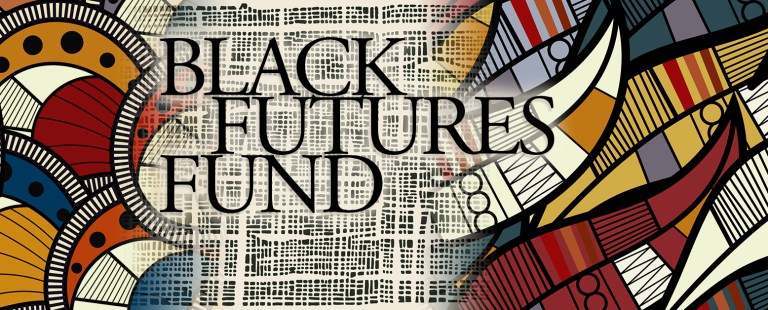By Michael Patterson
Public Service Loan Forgiveness and the Saving on A Valuable Education Program are at risk in this presidential election. If former President Trump is elected and his administration allows Project 2025 to go into effect, paying for college could become more difficult.
What is Project 2025?
Project 2025 is a 922 page presidential transition project proposed by the Heritage Foundation. It also proposes several guidelines like ending student loan forgiveness and giving states more control over funds used for education.
Mindy Peden, a political science professor at John Carroll University, spoke briefly about the project.
“I can understand why they like the idea, you know, and that there’s a sense that you would get some kind of diversity,” said Peden. She also expressed that public education needs reform.
Financing college education under Project 2025
Let’s dive into the specific effects of the project regarding public service loan forgiveness (PSLF). This loan forgiveness cancels a borrower’s balance after they’ve made 120 direct loan payments while working full-time for a government job, or a nonprofit organization. The only loans that are eligible for this are direct loans although federal loans can be consolidated into a direct consolidation loan. To apply for this loan forgiveness you must submit a PSLF application and Employment Certification form.
There’s a good example from americanprogress.org that shows how this works. Imagine Kenny, a full-time teacher at a public school has a debt of $70,000 in direct loans. After making 120 payments and simultaneously working for 10 years, he applied for PSLF, and his employment is verified. Since his employment was verified the remaining $17,500 of their debt would be canceled. Kenny would be able to keep on teaching without the burden of student loan debt because of the PSLF program.
Project 2025 would eliminate or reduce this program. A teacher like Kenny would still have to worry about paying their remaining balances, no matter how much time he works as a teacher. It would actively work against the financial benefits that the PSLF brings.
However, the project is proposing more state control according to https://www.project2025.org/policy/. That could help teachers focus more on teaching skills and build teaching styles tailored to their specific students. Putting educational funds in control of the state could also result in higher teacher salaries and better resources for specific community needs.
Project 2025 Could Cripple the SAVE Plan
The project doesn’t only affect public service loan forgiveness, but borrowers under the Saving on a Valuable Education Plan will also suffer financially. According to studentaid.gov, the SAVE plan is an income-driven repayment plan based on a borrower’s monthly payment on their income. It also stops a borrower’s debt from growing because of interest.
Project 2025 works directly against that because student loan payments would nearly triple for graduates with a bachelor’s degree according to americanprogress.org. Decreasing federal control over education could bring inconsistencies in the plan which could create disparities in access to the SAVE plan’s benefits. So much inconsistency could impact the resources students use to finance college.
However, the project could enhance resources like the SAVE plan by increasing states’ control. Decreasing Washington’s intervention in funding is a part of the plan’s priorities according to https://www.project2025.org/policy/. Granting states full control over education funding could improve financial aid policies to fulfill regional needs. Less federal oversight could also free up more resources to support students, creating new ways to manage student loans.
Cleveland students have help paying for College
With the effects on student loan repayment laid out, let’s shift focus to resources that make college affordable for Cleveland students. The average student loan debt in Ohio is approximately $34,000, according to educationdata.org. Students at several local universities have opportunities to fight against possible rising college expenses.
John Carroll University offers several merit scholarships for academic performance in high school. When you apply to John Carroll you’re immediately considered for these scholarships which range from $15,000 to $25,000. You can also apply for outside scholarships to help finance your education at the university. Carolyn Noll Sorg, Vice President for Enrollment Management at John Carroll University spoke about bringing college education to lower-income students.
“This is one of the central tenets of our Mosaic initiative…We have pursued and received grant funding for last dollar, need-based scholarships such as through the National Science Foundation where last year we received the largest S-STEM grant in Ohio.” Sorg remarked.
Cleveland State University automatically considers incoming freshmen for scholarships as well. Their institutional scholarships for Ohio freshmen can be as much as $40,000. More information can be found with a phone call to CSU.
According to americanprogress.org, if Congress approves the guidelines of Project 2025, borrowers won’t have the chance to have Direct Loans forgiven.
Syntrell Thompson, a senior at Kent State University talked about possibly having fewer financial aid resources.
“I honestly feel it’s an unfortunate situation for students because it reduces the help and support we need.” Thompson said.
Michael Patterson is currently a senior at John Carroll University studying digital media. He loves basketball, mixed martial arts, and football, and aspires to become a sports reporter or commentator.




